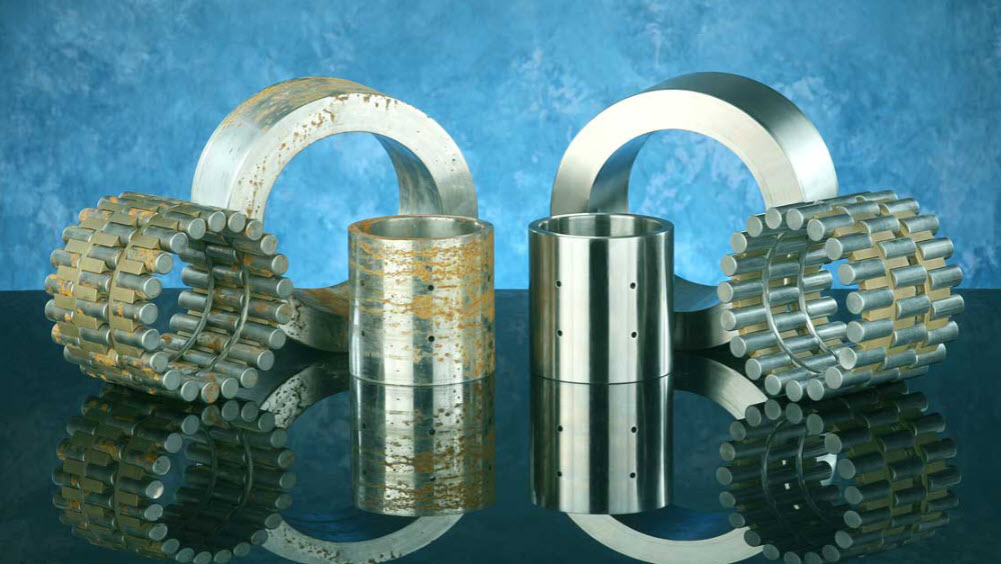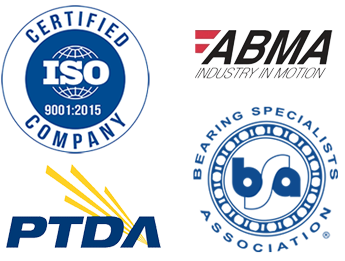As a global leader in bearing repair, BMC provides services that can extend your bearing's life and save you money. We find solutions to get the bearing you need, whether through repair or modification services to reduce your long lead times.
Z-mills are cold rolling mills designed to process both ferrous and non-ferrous metals to close tolerances.
Z-mill bearings, also known as backing bearings, were designed to improve steel rolling products' precision. The bearings have been developed for cold rolling mills but can be used for other applications.
In this article, we touch on the Z-mill evolution, help you determine if a bearing is a contender for repair, and the levels of bearing repair to consider to ensure the best quality.
History and Composition
Another advantage of the Z-mill is that the small work rolls provide a sharper bite, more significant pressure, and less roll deflection than a four high mill and can roll stainless top gage without softening the roll.
These mills run at speeds ranging from 500MPM to 1000MPM. The material of rolls must be of outstanding quality, clean, and free from inclusions and defects at such high rates.
A Z-mill is comprised of:
- Work rolls
- 1st intermediate rolls
- 2nd intermediate rolls - exerts tension on the coil
- Z-High mill rolls
- Back-up bearings
The combination of high pressure and tension makes the mill capable of rolling material thin and flat.
"Backing bearings in the middle of the roll are subject to heavier loads than those at the ends of the roll. As the middle bearings wear more than the others, they should be replaced more often."
A modern Z-mill configuration takes heavier reductions per pass and achieves thinner gauges. More rigid materials can be rolled without intermediate anneals and can produce a better surface through this mill. [source]
Five Levels of Z- Mill Bearing Repair

Bearings typically show wear and surface distress caused by contamination, abrasion, corrosion, or breakdown of lubricants.
Even bearings that have been adequately maintained undergo repeated stress cycles and maybe on the verge of fatigue.
There are five levels of bearing repair to consider to ensure the best quality. The operations are listed below in order of increasing repair time, difficulty, and cost.
Level 1
- Disassemble
- Clean
- Complete overall visual and dimensional inspection
- Hardness check
- A written inspection report, including condition, recommended repair level, repair cost, and delivery schedule
- Reassemble
- Preserve
- Wrap in VCI paper with protective packaging
- Box and ship
Level 2
- Includes level 1
- Plus regrinding the O.D. and polishing all parts
Level 3
- Includes level 2
- Plus grinding races, new rollers, and spacers
Level 4
- Includes level 3
- Plus, new inner race
Level 5
- Includes level 1
- Plus, a new outer race
Level 5 remanufacturing saves money and time and is guaranteed like a new bearing.





